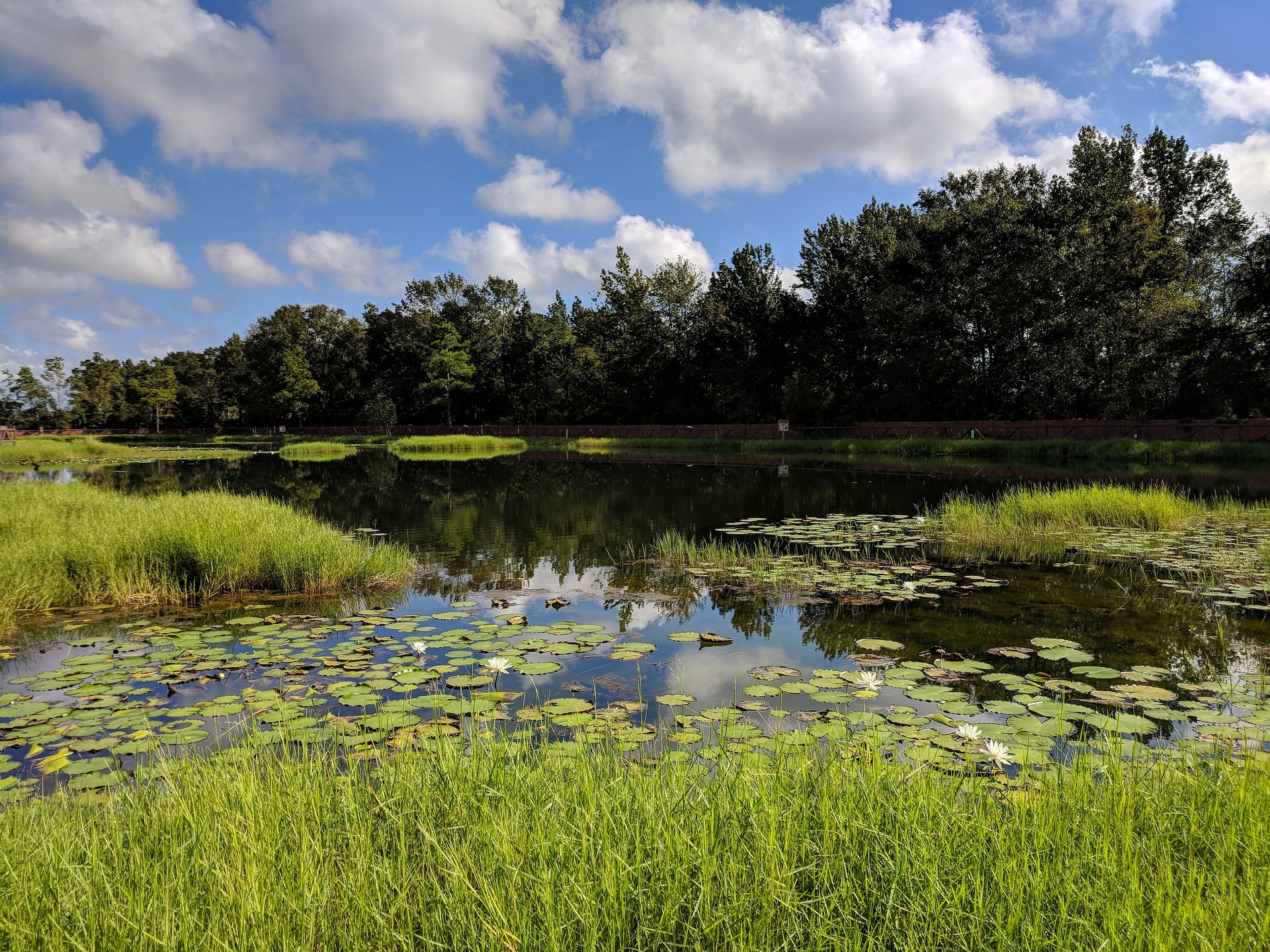The Netherlands is dealing with a looming shortage of drinking water. How bad is it and what can we do about it?
“You need to look for a combination of nature and water storage capacity.” (Photo: Pixabay)
At the beginning of April, the RIVM (the National Institute for Public Health and the Environment) announced a looming shortage of drinking water and a lack of water storage capacity in the Netherlands. This is partly connected to a conflict of spatial interests, say Professor Doris van Halem of Drinking Water Quality and Treatment and Professor Jan Peter van der Hoek of Drinking Water Engineering. In nature or agricultural areas, there is not always storage capacity for drinking water.
In September 2022, the National Association of Water Companies in the Netherlands already warned of an impending drinking water shortage. The RIVM is now doing so. Has the Government started working on a solution already?
“They are now at least awake,” says Van der Hoek. “We have seen drier summers since 2018 due to climate change, but the shortage has been exacerbated by the rise in population. The issue is now a bit more firmly on the political agenda. The Government is looking at various options to modify the building code. In Belgium, every newly built house is required to have a reservoir in the garden for rainwater. That may be an option for the Netherlands.”
What makes the shortage of drinking water such a complex problem?
“In the 1950s we made a big jump in improving public health through drinking water supplies and building sewer systems,” answers Van Halem. “We are still reaping the benefits. But it does mean that large-scale intervention is tricky. There is a wide range of spatial interests involved. You need space to store drinking water, but nature also needs space, as does agriculture. Although sometimes these can be combined.
Evides – the water supplier for Delft – does this by having a storage area in the Biesbosch nature reserve. The water there lasts a few weeks to a few months. But laying such a large reservoir just anywhere is not that easy. You need to find the right combination of nature and water storage. Or store it underground.”
‘Maybe you could use the Veluwe nature reserve as a big water reservoir’
Van der Hoek continues. “The Veluwe (another nature reserve, Eds.) could also be used as a big water reservoir. When there is a lot of precipitation you can let it seep into the ground. But there is one problem though, and that is if you let in water from a different area, you could affect the vegetation and ecology. So you need to assess the situation thoroughly.”
What is the situation of the drinking water reserves around Delft?
“The drinking water shortage in Delft is less urgent than in for example the east of the country,” Van der Hoek continues. “The water companies there are dependent on groundwater. The level may not drop too much as the ground would then dry out. This means that you cannot pump out too much water. Evides mostly uses surface water around Delft, such as from the Meuse and Rhine Rivers. This is less problematic than using groundwater as river water fills up more quickly from source.”
Van Halem adds that “The demand for drinking water in this region is rising hugely though, as many new housing developments are in the planning. So, on top of reducing the water consumption in each household, you also need to find new sources of water to not get caught out.”
Can new technology help deal with the shortage?
“It could,” says Van Halem. “Apart from using salt water, Dunea, another drinking water company, is looking at purifying surface water from the Valkenburg Lake. This source needs greater purification than the water from the dunes, but it does have the potential for more storage and capacity.”
Van der Hoek adds that “In terms of technology, this purification is fairly simple. You can push the water through a membrane. This turns 80% of the brackish water into drinking water. The remaining 20% is a waste stream containing salt and other pollutants. However, you may not simply discharge this and 20% is quite a lot. TU Delft is looking into how we can reduce this percentage of waste.”
‘Some people would rather not turn their wastewater into drinking water.’‘
We now purify the wastewater and discharge it into rivers, for example. We then pump up water further on to make drinking water. Can you not directly turn wastewater into drinking water?
Van der Hoek: “In terms of technology, yes, but it’s still early days. And that’s discounting the perception factor. Some people would rather not turn their wastewater into drinking water. And on top of this they think that there is so much water in the Netherlands that they do not need to use wastewater. You also need to impose very strict quality checks.”
“The regulations for purifying wastewater are also more stringent. A new EU directive is currently being worked on. In the new proposal, medicine residues will have to be removed and the norms for phosphate and nitrogen will be stricter. If they will be that strict anyway, the purified wastewater will then already start moving towards drinking water quality. Why can’t you then continue the process to achieve drinking water quality? The issue will then be: should you replenish the natural water buffers or should you just turn it into drinking water?”
Do you have a question or comment about this article?
K.S.vanderWal@tudelft.nl


Comments are closed.